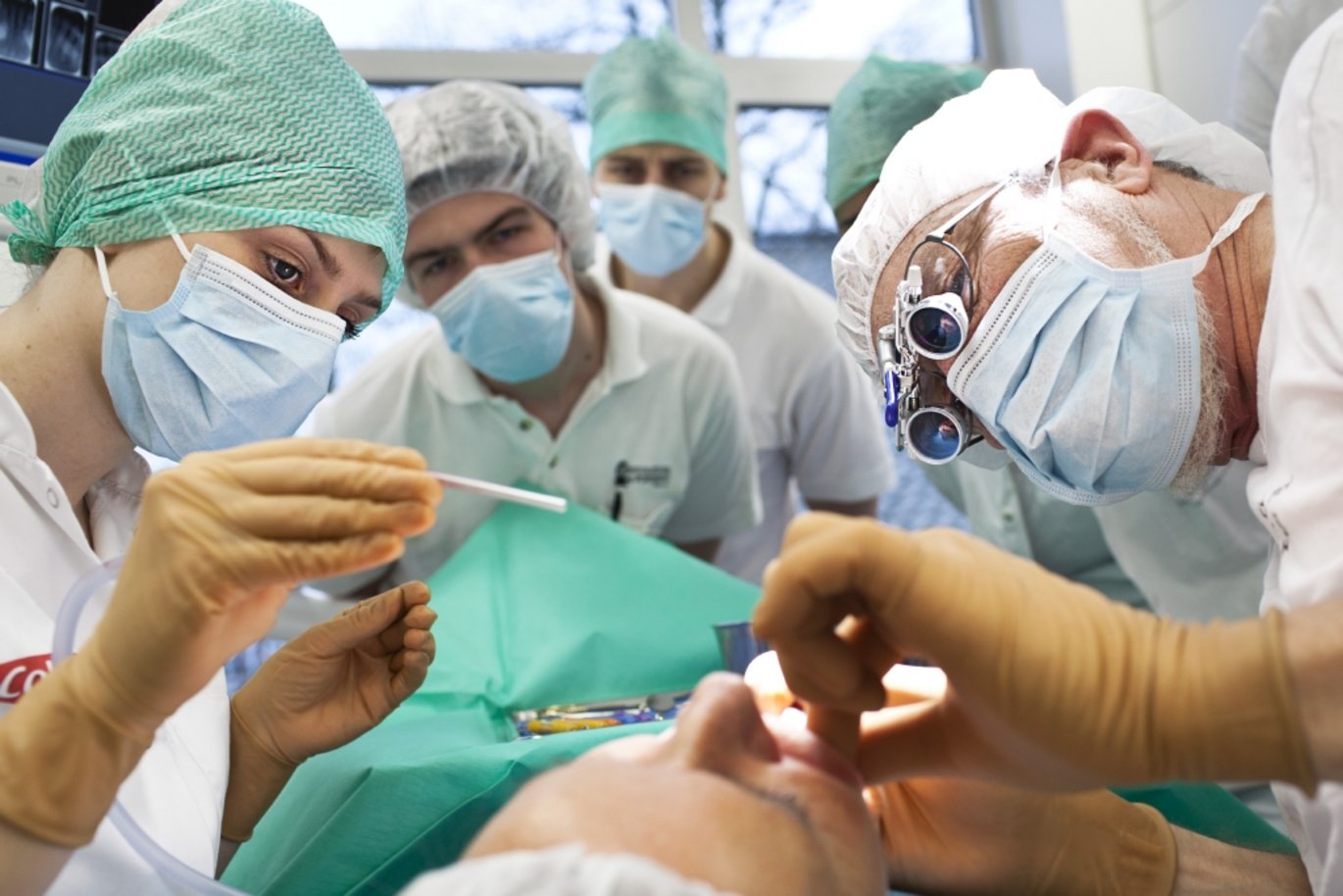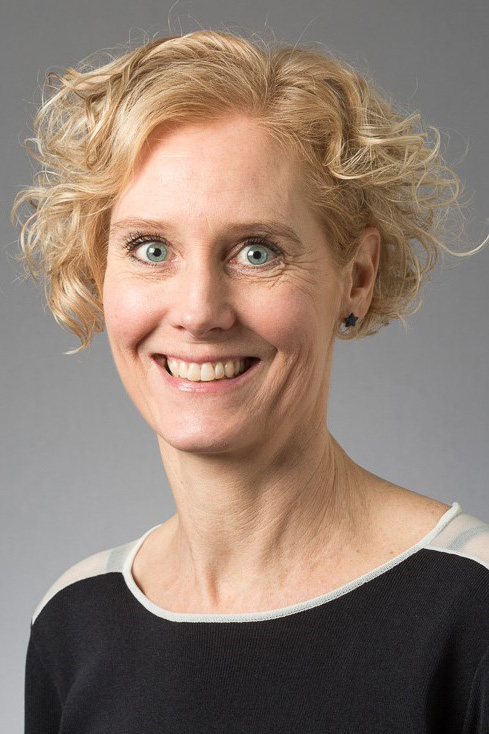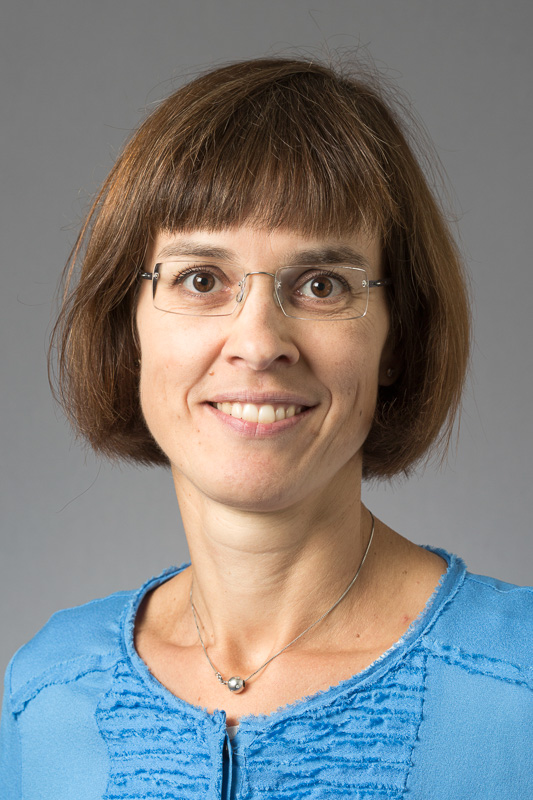Revision of academic regulations requires persistence
Revision of academic regulations is one of the most effective ways of developing degree programmes. At the Department of Dentistry and Oral Health, a major revision is underway to create better cohesion in and between the degree programmes. We share their experiences with educational management.



Five programmes, which include dentistry, dental hygienist, clinical dental technician, dental surgery assistant, and dental technician, were merged into the Department of Dentistry and Oral Health (DENT) in 2016.
"In connection with the merger, one of the objectives was to achieve synergy across the degree programmes. But also ensure that our graduates are trained for the team-based dental care system, which is the way it is organised in the industry. They did not know much about the disciplines of one another, and it was important to learn and understand that pedagogy and didactics are also part of the profession," says Caroline Bindslev Hørsted who is the Deputy head for education at DENT.
It sounds like an obvious idea to merge all of the different programmes and teaching in the field of dentistry, but to combine the teaching across programmes requires several practical initiatives, a common language among the teaching staff, and patience when coordinating the processes.
"There are many details to coordinate when we have all forms of education unified under one roof. There are a lot of synergies and good ideas, such as interdisciplinary teaching in X-rays, which makes sense pedagogically, but is challenging in practice because of the number of machines we have, and so on. So, everything needs to be given full consideration," says Irene Dige who is an associate professor and director of studies at DENT.
The merger of programmes and teaching in the field of dentistry is an extensive and ambitious project that requires all programmes, the teaching staff, and ultimately the students to get together and find synergies that can both create space and cohesiveness.
An interplay between educational visions and academic regulations
In 2017, major work on the visions for the future began when the teaching staff and degree programme directors, including Irene Dige and Caroline Bindslev Hørsted, were involved in designing a new programme with the other degree programmes in the field of dentistry. Besides the visions and strategy for each study programme at DENT, the different competency profiles for graduates were also a useful tool to realise synergies.
The ambitious ideas from this work were then compared with and adapted to the current form of the programme:
"We took the current academic regulations at the programmes and compared them to the visions we had worked with. When we made this comparison and looked at how the two things matched, the conclusion was that we had to revise the academic regulations because our current academic regulations did not match the visions we had for the programmes," Caroline Bindslev Hørsted says.
Irene Dige agrees when she looks at the previous academic regulations at the Department of Dentistry, which was created before the division of the Master's and Bachelor's degrees:
"Our previous academic regulations had obvious problems. We have tried to solve these. It had a very uneven distribution of the number of hours and types of teaching, and we had many stressed-out students on our programme. They had a lot of teaching and very little time for immersion," she says.
A framework for the conversation about teaching is essential
"We talk and think a lot more about education than I have previously experienced," Caroline Bindslev Hørsted says. The actual work to change the teaching and revise the academic regulations take professional discussions as its starting point. Here we create a common pedagogical language.
Thus, the framing of the dialogue between various programmes, teaching staff, and across the disciplines has been an important instrument in the coordination. This required that the organisation of the project groups was represented by all necessary academic areas, but it also required a structure for the actual conversation about the teaching.
"Over time, we have built a common language. For example, we started not agreeing on what the format of a course actually meant in terms of length, evaluation, and so on, just as the word ‘curriculum’ was new for some educators. Neither the IT employees know what I am talking about when I talk about ‘carious lesions’ and ‘anaerobic bacteria’, so to have a common language means a lot," Caroline Bindslev Hørsted says.
Among other tools, the project group used The Study Activity Model as a conversation tool to talk about their programmes and the composition of the various forms of teaching.
"It was clear that at the odontology degree programme there was a sole focus on the number of on-campus lessons. At that time, that was the only thing that mattered. Furthermore, different elements were crammed into existing ones without taking out other elements. Our programme has been overloaded, and we had to clear up a lot of that, "she says.
From development to implementation
DENT has created new academic regulations. They are well documented but has yet to be implemented. There is still some way to go from preparing the academic regulations to implementation, as Irene Dige points out:
"Right now, the focus is on those who are about to start their first semester. Naturally, they have made excellent preparations concerning what their courses are about. However, now they will have to sit down and look at the timetabling, who does what, and all of the other practical and professional aspects. Up until now, this has only been a desktop model that we now have to implement. So even though the academic regulations have been formally approved, the work is not done."
The toolbox of the degree programme coordinator
In her position as director of studies, Irene Dige regards several elements as essential to reach the goals of the academic regulations of the Bachelor’s degree.
"It has been useful for us to put forward a clear vision and strategy. In addition, it is useful to have a timeline that is clearly communicated to those who are involved in the process. We have received excellent support both concerning the pedagogical and didactic counselling, but also for those who have to handle the administration afterwards," Irene Dige says, and points to another important element in the work of developing the Odontology programme:
"It has been really good for me to have a project group of colleagues who are devoted to the project, deeply academically founded, and also, represent the different areas of the programme. To me, as a director of studies, it means that I do not need to know everything about everything and that there are always some extra eyes on the different subject areas," she says.
Education management requires persistence
Even though such an extensive revision of the academic regulations has been hard, Irene Dige does not regard the work as finished:
"I think that in a few years, we will have to look at the academic regulations once again. The basic structure should be future-proof, and this means that we can make minor adjustments in the future without everything needing to be changed. We have created several more interdisciplinary courses and we now start the clinical training significantly earlier in the programme," she says.
In line with Irene Dige, Caroline Bindslev Hørsted says that persistence and patience are some of the mantras to which they often return. Nevertheless, if you want changes and quality in a programme there will always have to be a long process of development:
"It is a hugely iterative process creating such developments. I think you will need to accept that," she concludes.
Read more about The Aarhus Model of Dental Education
Click here to read more about the The Aarhus Model of Dental Education, which has earned attention internationally.
